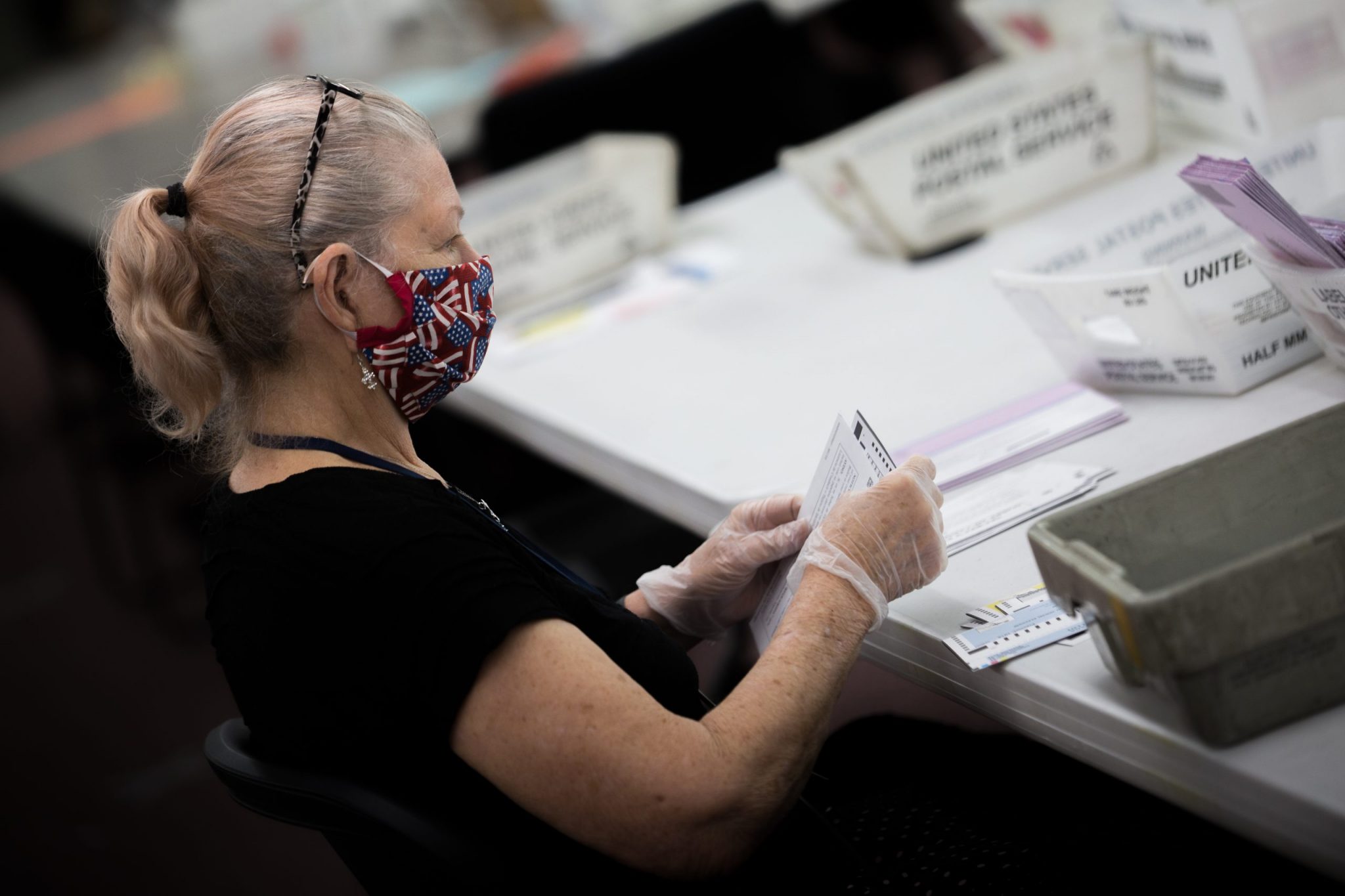Local and state election officials are the backbone of the election process and should be the first source voters turn to for information. As they work to certify the official results, here are three things to know:
Election officials are on the front lines of ensuring election validity and accuracy.
Across the United States, election officials are leading post-election day canvass and audit processes to ensure the integrity of the result before certification. The election canvass is a process to ensure that the vote count and final election results are accurate. This involves, for example, comparing the number of voted ballots against the number of voters who checked in to vote at each polling location and reviewing pollworker logs to see if any issues were identified that need to be investigated further. The process can take days or weeks, depending on the state.
Some states also allow recounts in close contests, depending upon the margin of victory between candidates. For example, in Georgia, state law allows candidates to request a recount if the margin of victory is less than 0.5 percent of votes cast as long as the candidate makes the request within two days of the results being certified.
The majority of states also conduct post-election audits—a procedure that involves comparing a sample of paper ballots against the results produced by the vote tallying equipment—to double check the accuracy of results. The additional procedure can help identify problems with the voting equipment and ensure the correct election outcome.
Election officials understand elections.
Americans should seek out state and local officials for trusted information about final election results. This is a sentiment shared not only by election officials, but by entities who help secure and report on elections, including the Cybersecurity and Infrastructure Agency and the Associated Press.
State and local election officials understand how elections work and can explain how each of the post-election processes help certify their results. This information is key to rebutting mis- and disinformation and ensuring that the truth triumphs over false claims shared by bad actors.
Election officials communicate clearly about election security.
Over the past week, mis- and disinformation—such as the creation of a fake Associated Press Twitter handle, the false information that Wisconsin ballots surpassed voter registration numbers, and the manufactured video of President Trump-voted ballots being purportedly burned in Virginia, which was retweeted by Donald Trump Jr.—have spread throughout online platforms.
While social media companies are struggling to limit the spread of false information online, state and local election officials are confronting this information by emphasizing the multitude of steps they are taking to ensure the validity and accuracy of the vote. For example, Joe Gloria from Clark County responded to allegations of voter fraud by emphasizing both the system in place to check the vote count and his confidence in the election results. Georgia’s lieutenant governor responded to similar false claims by both taking the allegations of voter fraud seriously and emphasizing that the state has not seen a single credible incident during the presidential election.
The views expressed in GMF publications and commentary are the views of the author alone.






